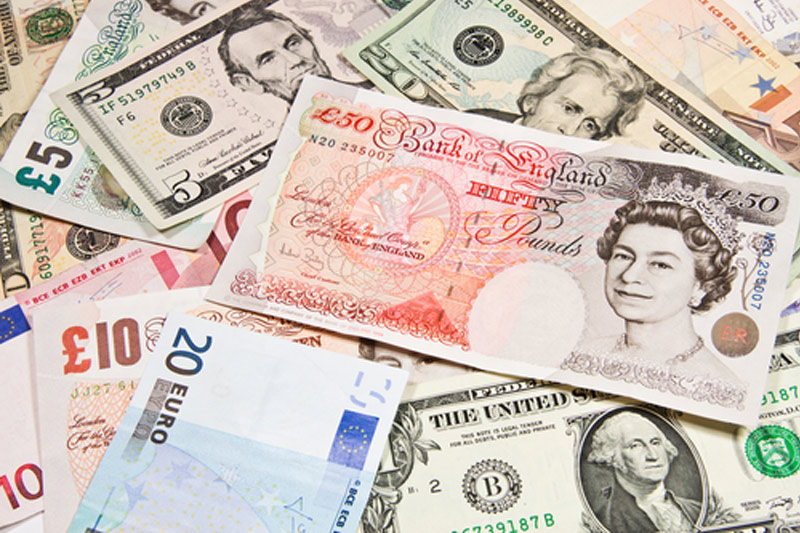By Peter Nurse
Investing.com - The dollar sold off in early European trade Thursday, registering a new two-year low, weighed by concerns the U.S. economic recovery may be delayed as the coronavirus continues to cause damage and the latest U.S. relief plan is delayed due to political wrangling.
At 3:05 AM ET (0705 GMT), the Dollar Index, which tracks the greenback against a basket of six other currencies, was down 0.1% at 92.760, after earlier falling to 92.483, breaking through the two-year low of 92.523 seen late last week.
Elsewhere, USD/JPY was down 0.1% at 105.52, while EUR/USD was up 0.1% at 1.1873, just below Friday's two-year high of $1.1908.
A decline in the U.S. currency has gathered pace since late July on rising perception that the U.S. economic recovery could be hobbled by the country's poor performance in containing the Covid-19 outbreak.
On Wednesday, the ADP report on private payrolls showed only 167,000 jobs were added last month, suggesting an abrupt slowdown in the jobs recovery, ahead of the weekly initial claims data later Thursday and Friday’s official employment report.
Meanwhile, the global death toll from Covid-19 is now over 707,000, according to data from Johns Hopkins University, while in the U.S., California reported its second-deadliest day from the virus on Wednesday and Florida’s case count topped 500,000.
A Reuters poll of more than 60 currency strategists, taken between July 31 and Aug. 5, showed the dollar was expected to continue to underperform against most major currencies over the coming 12 months, with a good chance of that weakness extending beyond a year.
Elsewhere, sterling advanced after the Bank of England suggested the economic downturn will not be as bad as it first feared. The Bank maintained its policy stimulus and signaled rates would stay low.
Sterling has made back a lot of the losses seen after the Covid-19 outbreak led to lockdowns in March, when the currency nosedived to its lowest level in 35 years. However, a lot of these gains have been down to a weak dollar, and it could well lose some of those gains this year amid Brexit uncertainty.
The Reuters poll saw the currency dipping to 1.29 in a month and to 1.28 in three months before returning to current levels in a year's time.
At 3:05 AM ET, GBP/USD traded at 1.3150, up 0.3%, and approaching a five-month high.
In emerging markets, USD/BRL was up 0.1% at 5.2915 after the country’s central bank cut its key interest on Wednesday to 2% from 2.25%, a more modest quarter point following back-to-back reductions of 75 basis points.
Policy makers are trying to stimulate an economy ravaged by the coronavirus without fueling financial risks associated with very low borrowing costs.
In India, USD/INR gained 0.1% to 74.860 after the country’s Monetary Policy Committee voted to keep the benchmark repurchase rate at a record low of 4%, surprising some analysts which had expected a 25 basis-point reduction.
The six-member committee, which has already lowered rates by 115 basis points this year, retained its “accommodative” stance, implying there’s still room to cut rates again.
